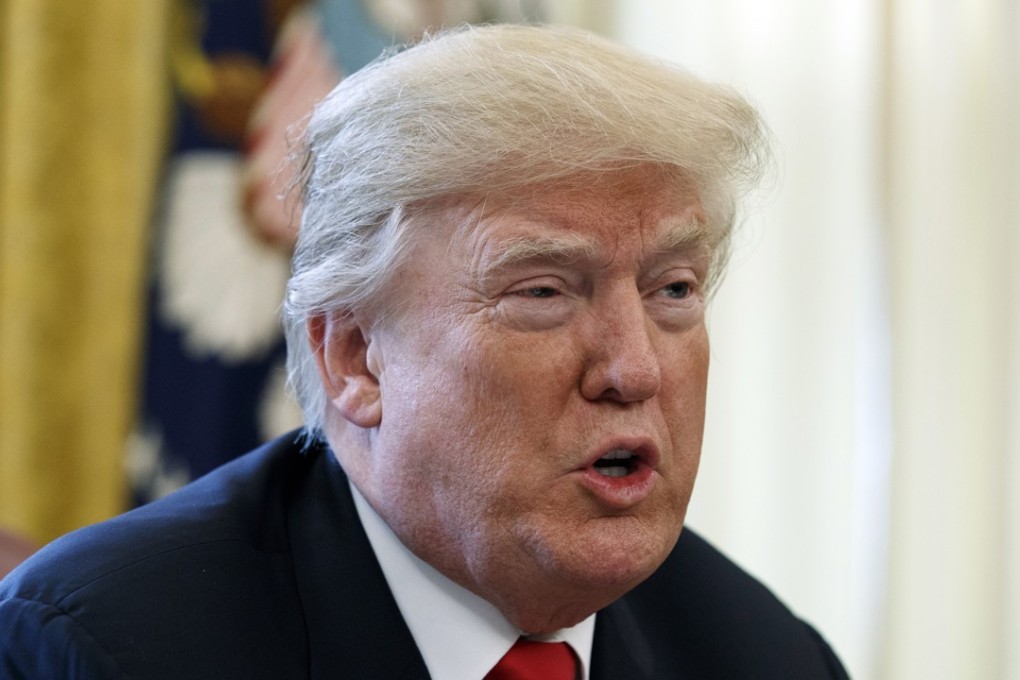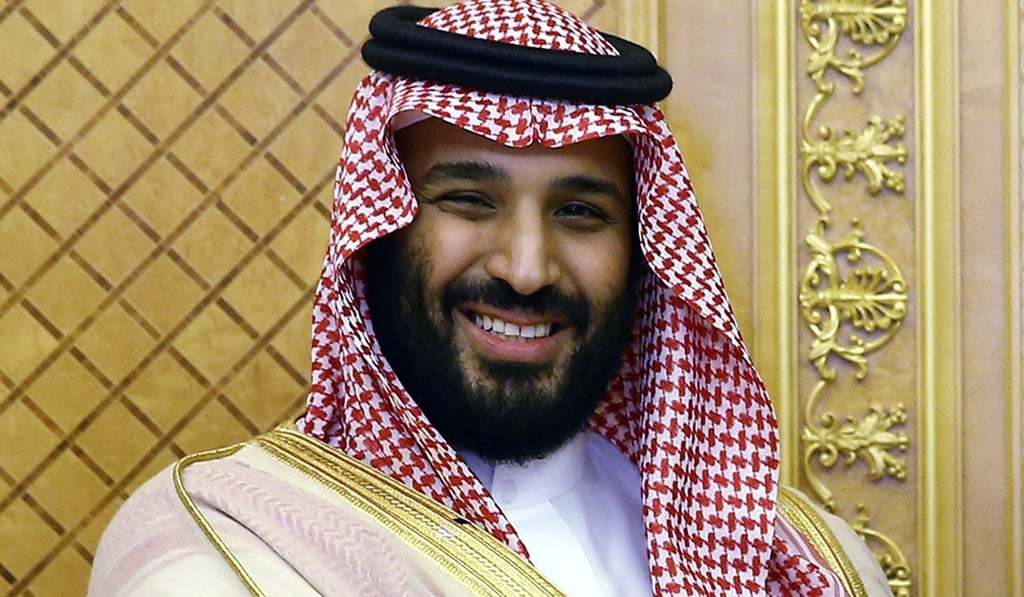If Trump and Saudi Arabia tinker with Iran as it teeters towards revolution...
The US president could convince Europe to join his cause and withdraw from the 2015 nuclear deal if the deadly crackdown escalates, but Iran’s leaders may gain more power once the dust settles

The protests could also tempt Saudi Crown Prince Mohammed bin Salman, with his chequered foreign policy track record, to embark on yet another risky adventure involving an effort to stir unrest among ethnic minorities in Iran, such as the Kurds, Baloch and Iranian Arabs. Prince Mohammed’s earlier attempts to stymie Iranian influence in the Middle East sparked his ill-fated military intervention in Yemen and failed attempt to force Lebanese Prime Minister Saad Hariri to resign.

This month Trump not only has to decide whether to certify to Congress that Iran has complied with the 2015 international agreement that curbed its nuclear programme, but also whether to waive US sanctions. A decision to reimpose economic sanctions could mean a US withdrawal from the agreement. In October, Trump refused the quarterly certification.
At the core of Trump’s decision, as well as Prince Mohammed’s deliberations, is the question of whether the US and/or Saudi Arabia see a strengthening of hardline conservative factions in Iran because of the protests as an opportunity to at least further contain the Islamic republic, or maybe even engineer a situation conducive to regime change.
What’s behind crown prince’s crackdown in Saudi Arabia?
“The most likely scenario is that the evidence of popular dissatisfaction and the inevitable repression will harden the Trump administration’s position on sustaining the deal and provide additional incentives for ratcheting up new economic pressure on the government. They also may see some possibility of flipping the Europeans if the crackdown is fierce and well-documented,” Suzanne Maloney, Brookings fellow and former US state department policy planning Iran expert told the website Al-Monitor.